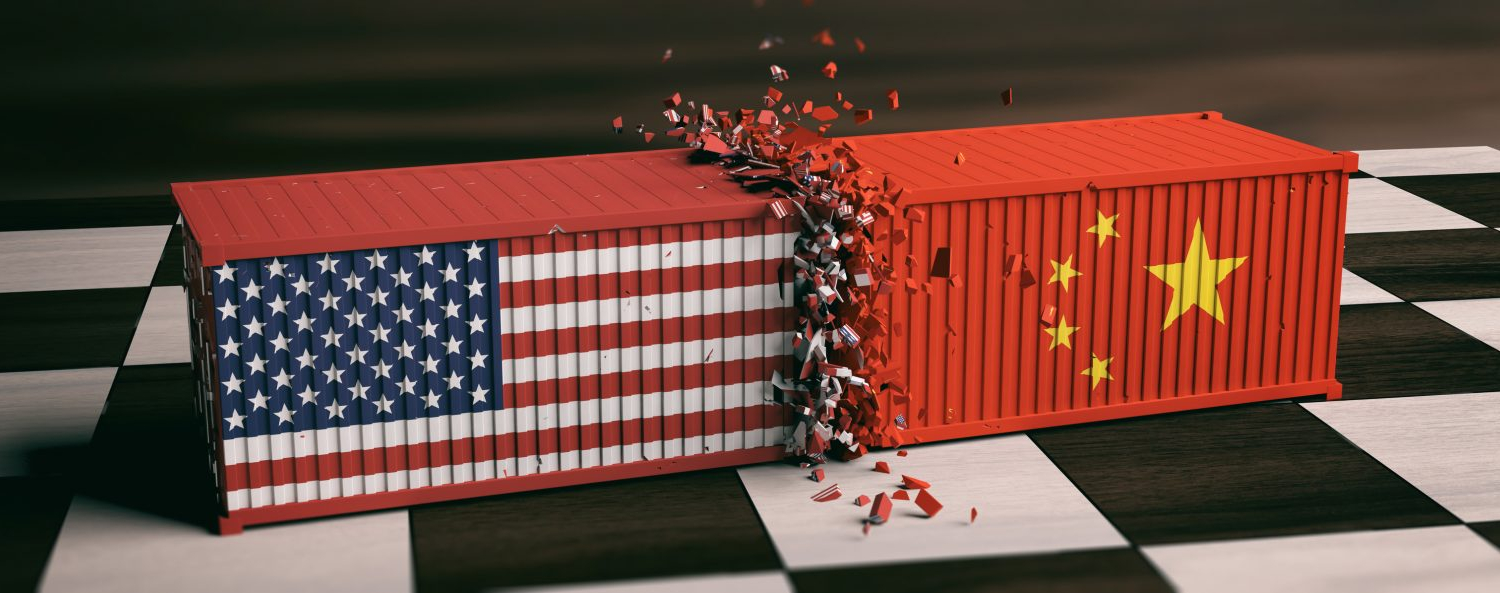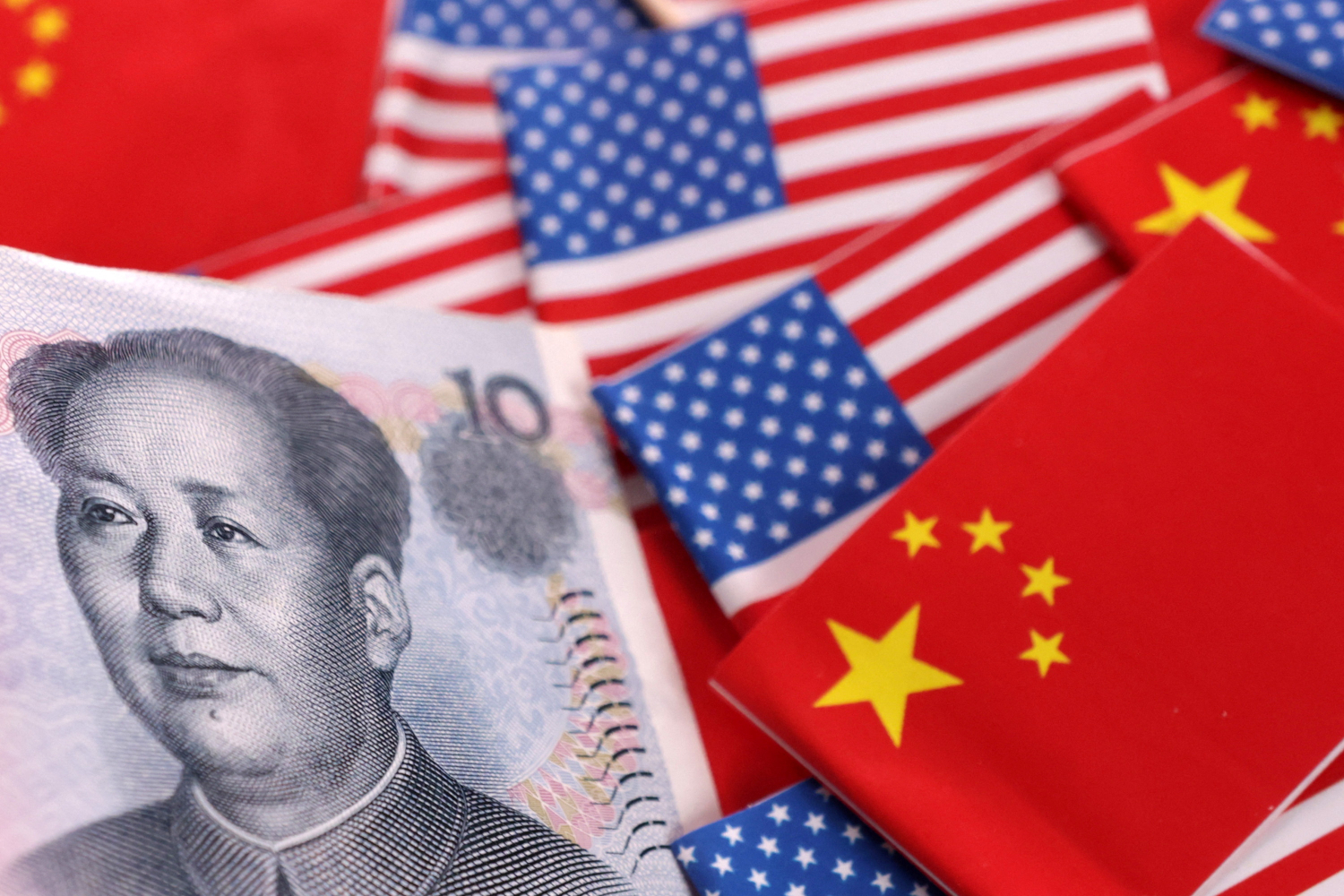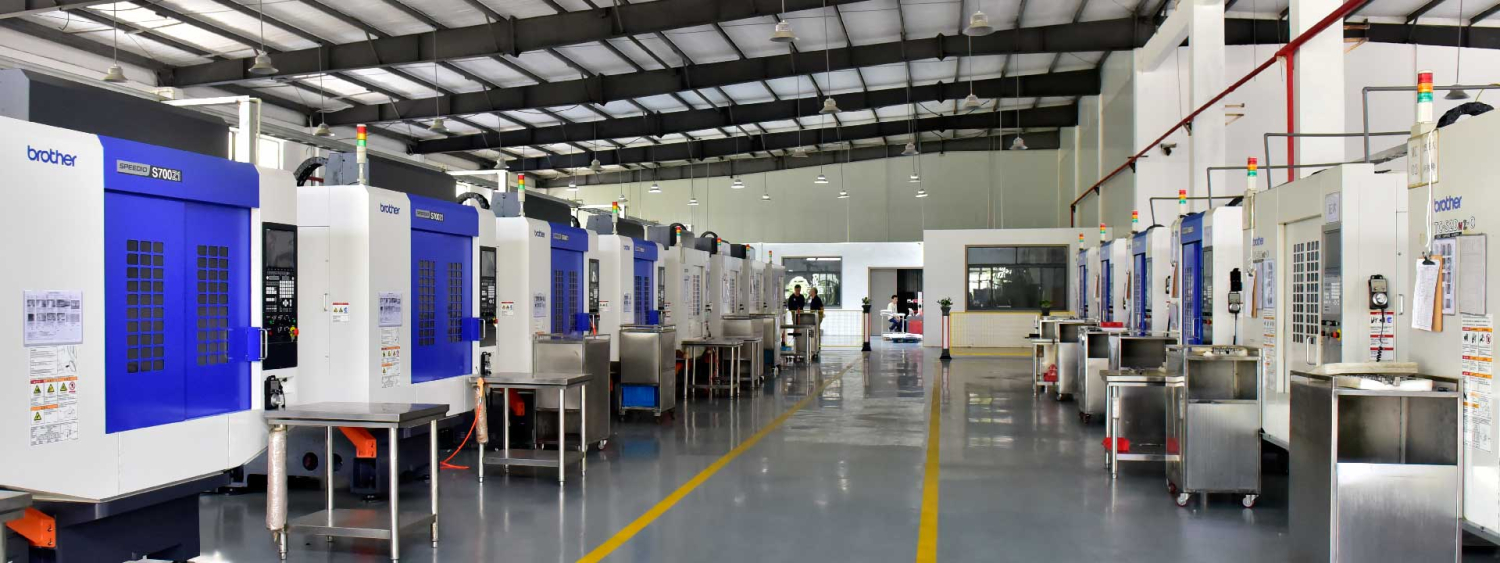China’s 2025 Reciprocal Tariffs on US Goods: What You Need to Know
In 2025, the trade relationship between the United States and China experienced a major shift, resulting in the implementation of reciprocal tariffs. These tariffs, initiated by the US and matched by China, have created significant economic implications for both countries, as well as for global trade.
In this article, we will explore the concept of tariffs, the history of US-China trade tensions, the details of the tariffs imposed in 2025, China’s responses to those tariffs, and the broader implications for the US economy. Finally, we will discuss potential future outcomes as this trade war continues to unfold.
What Are Tariffs?
Tariffs are taxes imposed on imported or exported goods between countries. They’re often used to protect local industries by making foreign products more expensive and encouraging consumers to buy domestic alternatives. While tariffs can benefit local manufacturers, they often result in higher prices for consumers and can trigger retaliatory tariffs from other countries, leading to trade wars.
In the case of the recent US-China trade tensions, these tariffs have not only raised prices for everyday goods but have also hurt US importers and manufacturers who rely on Chinese components and materials. Increased costs and disrupted supply chains have put pressure on businesses across industries, especially in technology, automotive, and consumer goods.

A Brief History of US-China Trade Relations
The economic relationship between the United States and China has been marked by both cooperation and tension. In 2001, China became a member of the World Trade Organization (WTO), which was expected to lead to further integration of China into the global economy. Over the years, trade between the two countries grew significantly, with China becoming one of the United States’ largest trading partners.
However, by the 2010s, concerns about China’s trade practices started to surface. The US accused China of unfair practices, including intellectual property theft, forced technology transfers, and currency manipulation.
By 2018, these concerns led to the Trump administration’s tariffs, marking the beginning of a significant trade conflict. The US government’s actions in 2018 were the first major steps in what would become a prolonged trade war. By 2025, new tariffs were introduced, taking the tension between the two countries to new heights.
The 2025 US Tariffs on China
Under President Donald Trump, the US administration introduced a new round of tariffs in 2025 to address ongoing concerns about China’s trade practices. The tariffs targeted a wide range of Chinese goods, including machinery, electronics, and consumer products.
Beginning with a 10% tariff on all Chinese imports in February, the rate was raised to 20% in March, and by April, cumulative tariffs reached 145%, the highest in history.
While intended to protect US industries, the sweeping tariffs have triggered major global trade realignments and economic uncertainty. Read more about US tariffs on China in our separate blog here.
While the US has tightened restrictions, the United Kingdom remains exempt from these 2025 tariff hikes. This makes the UK an increasingly attractive destination for Chinese businesses looking to expand into more stable, tariff-friendly markets.
If you’re a Chinese manufacturer or exporter looking to serve the UK market, Kirmell offers specialised support through its engineering and supply chain services. From component manufacturing to reliable supply partnerships, Kirmell helps you meet UK standards efficiently and compliantly. Contact us right now for guidance.
China’s Response to US Tariffs: Detailed Breakdown
In 2025, following the United States’ imposition of tariffs on Chinese goods, China quickly retaliated with its own set of tariffs targeting a wide array of US products. China has a long history of using tariffs as a tool to exert pressure in trade negotiations, and its response to the US tariffs was no different.
Below is a summary table of the tariffs China imposed on various US sectors and products:
| Date Effective | Category | Tariff Rate | Key Impact Sector |
|---|---|---|---|
| Feb 10, 2025 | Coal | 15% | Reduced competitiveness for US coal; demand shifts to other suppliers like Australia. |
| Feb 10, 2025 | Crude Oil | 10% | Disruption in US shale oil exports; China seeks alternative suppliers. |
| Feb 10, 2025 | Liquefied Natural Gas (LNG) | 15% | US LNG faces increased competition from countries such as Qatar and Australia. |
| Feb 10, 2025 | Agricultural Machinery | 10% | US manufacturers like John Deere impacted; Chinese buyers explore European and domestic alternatives |
| April 10, 2025 | Agricultural Products (e.g., soybeans, pork, cotton) | 125% | Significant reduction in demand for US farm goods in China |
| April 10, 2025 | Machinery | 125% | Increased costs for US construction and manufacturing equipment; Chinese firms turn to other markets. |
| April 10, 2025 | Electronics, Automobiles, | 125% | US tech products become less competitive; potential market share loss to other countries. Further higher prices for U.S. vehicles; decline in exports from manufacturers like General Motors and Ford. |
Implications of China’s Tariffs on the US
China’s retaliatory tariffs had several important implications for the US economy, affecting various sectors and industries.
Manufacturing & Supply Chain Disruptions
Many US manufacturers rely heavily on Chinese-sourced inputs, including raw materials like rare earth elements (gallium, germanium, antimony), semiconductors, and intermediate goods. With China imposing up to 125% tariffs on US imports, these manufacturers now face significantly higher costs, reduced competitiveness, and strained supplier relationships.
Inflation & Higher Consumer Prices
The cascading effect of manufacturing disruptions has been inflationary pressure on end products, electronics, iPhones, clothing, and household appliances have all become more expensive. Consumers will now pay more for goods once built affordably through China-linked supply chains.
If you’re a manufacturer or supplier affected by the US-China trade war, the UK presents a stable, business-friendly environment, and Kirmell is here to help you make the transition.
Whether you’re looking to diversify your export destinations, relocate part of your manufacturing, or tap into the UK’s growing demand for industrial products, Kirmell offers tailored solutions to minimise risk and maximise opportunity. Contact us now and get in touch with our experts to understand what we offer and how we can be of help to you.
Future Predictions
Looking ahead, the future of US-China trade relations remains uncertain. Several factors will shape the direction of this trade conflict:
-
Ongoing Negotiations and Trade Agreements
There is always the possibility that new negotiations between the US and China could resolve the trade conflict. Both countries will likely continue negotiating to reach a compromise that addresses the core issues, including intellectual property protection, technology transfers, and trade imbalances.
However, given the political climate and the significant economic interests at play, it is unclear how these negotiations will unfold.

-
Diversification of Supply Chains
Due to the tariffs and ongoing trade tensions, many businesses are looking to diversify their supply chains away from China. This trend could continue as companies seek to mitigate the risks associated with tariffs and geopolitical instability.
While Southeast Asia, South America, and Africa are rising as alternative sourcing hubs, the United Kingdom is also becoming an increasingly attractive option, especially for manufacturers targeting Western markets. With its stable trade environment, strong industrial capabilities, and exemption from recent U.S. tariffs on Chinese goods, the UK offers a dependable, long-term solution for companies restructuring their global supply chains.
As a UK-based precision manufacturer, Kirmell supports this transition by providing high-quality component production, engineering expertise, and trusted supply chain partnerships for international businesses. Contact us now for more information and to start your supply chain network in the UK.
-
Technological Competition
One key area of competition between the US and China is technology. Both countries are vying for dominance in cutting-edge fields like artificial intelligence, quantum computing, and 5G technology.
This competition will likely continue influencing trade policies as both countries seek to secure their technological futures. The US may continue to restrict Chinese tech companies, while China may respond with measures to safeguard its technological ambitions.
Conclusion
The reciprocal tariffs between the US and China in 2025 have created significant challenges for both countries and the global economy. These tariffs continue a long-standing trade conflict between the two nations.
As companies navigate growing trade complexities, many are turning to more stable and tariff-friendly markets like the United Kingdom. For businesses looking to establish a presence in the UK, Kirmell offers tailored support through precision manufacturing, supply chain partnerships, and engineering expertise, helping global firms strengthen operations and meet industrial demand with confidence. Check out our brochure for more details and information.

Kirmell: Supporting Manufacturers in the UK
For manufacturers seeking to reduce exposure to high-risk trade zones, Kirmell provides comprehensive support for strengthening supply chains and expanding into the UK market.
With the UK exempt from recent high US-China tariff escalations and offering a stable, business-friendly environment, Kirmell enables global businesses to operate more strategically through high-quality manufacturing, engineering expertise, trained workers, and reliable supply partnerships. Contact us today to learn more or speak with our team.
FAQ’s
What is the China-US trade war and why did it start?
What are China’s tariffs on US goods in 2025?
What sectors are most affected by China's tariffs on US goods?
How can Kirmell help companies enter the UK market?



Leave a Reply
Want to join the discussion?Feel free to contribute!